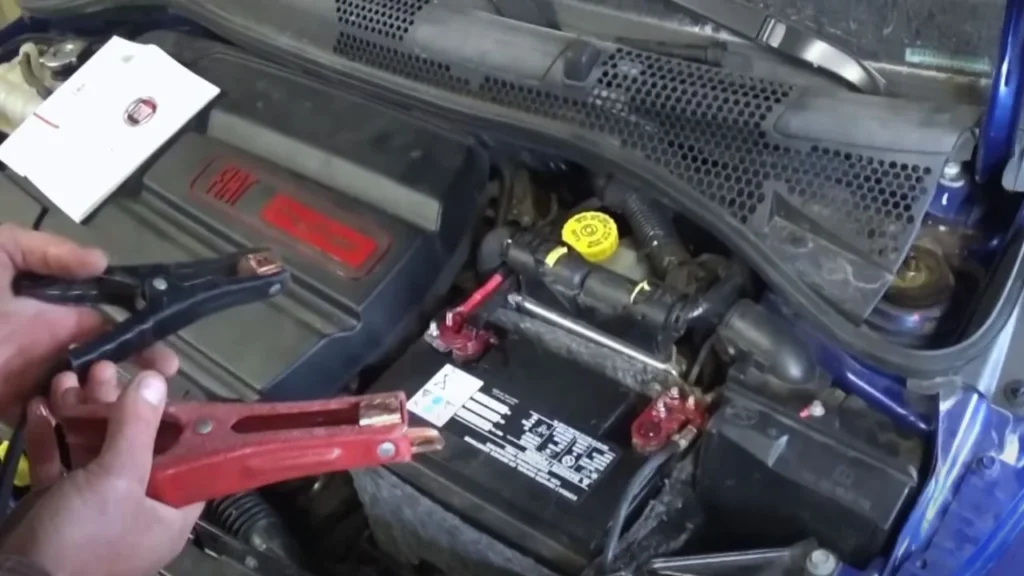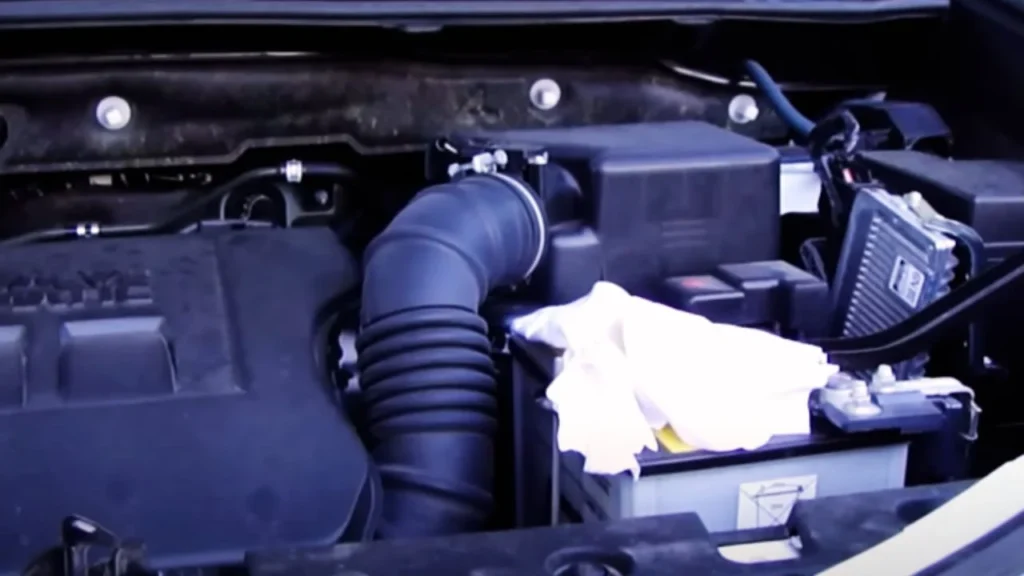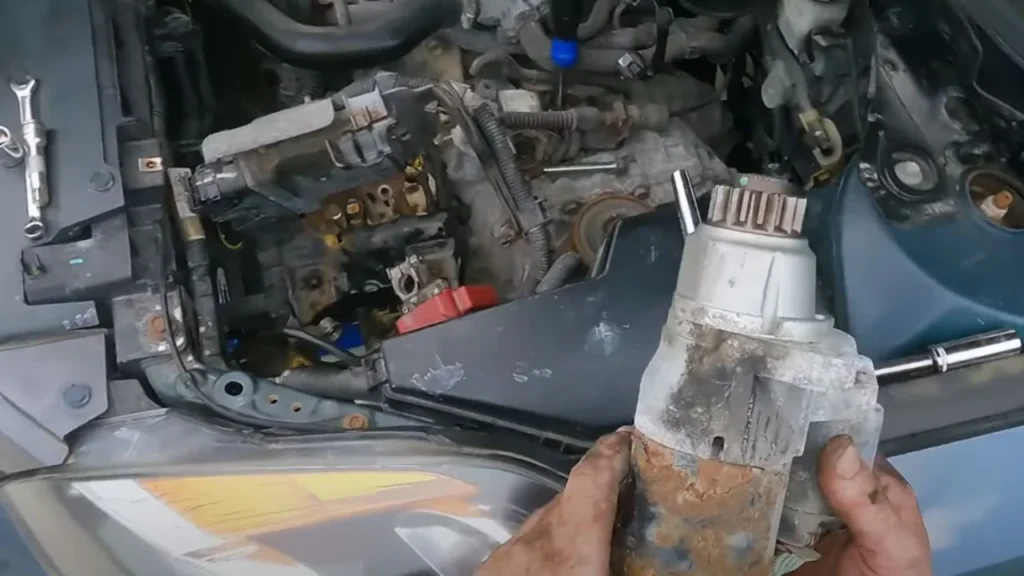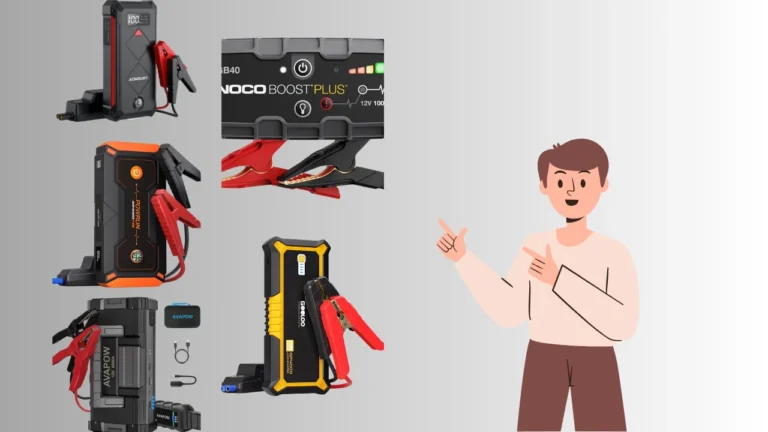Jump-starting your car battery can be a quick and effective solution when your vehicle won’t start due to a dead battery. However, if you’re relying on this method frequently, it could lead to more significant problems with your car and its components. So, Is it bad to keep jump starting your car battery?

While a jump-start in an emergency may not cause immediate damage, consistently doing so can have long-term effects on your vehicle’s battery, electrical system, and other parts.
Let’s explore these risks and how to avoid them. Learn how to safely jump-start a box truck with this guide on jump-starting a box truck, covering essential tools and step-by-step instructions.
Is It Bad to Keep Jump Starting Your Car Battery?
Many ask, Is it bad to keep jump starting your car battery? Yes, frequently jump-starting your car battery can be harmful. It accelerates battery degradation, stresses the alternator, and risks damaging sensitive electrical components.
Additionally, improper jump-start techniques can lead to mechanical issues and safety hazards, making it essential to address the underlying cause of frequent battery failure. Here’s an overview:
Impact of Frequently Jump-Starting Your Car Battery
Frequently jump-starting your car can harm the battery, alternator, and electrical system, leading to accelerated wear and costly repairs. Addressing the root causes of battery failure is crucial to avoid long-term damage.
1. Impact on the Car Battery’s Health
Your car battery is designed to provide enough power to start the engine and run electrical systems when the engine is off. However, batteries have a limited lifespan, typically between 3 to 5 years, and their ability to hold a charge declines over time, especially when subjected to frequent drains and jump-starts.
When you regularly jump-start a battery, you’re putting it through more strain than usual. This is because jump-starting causes a rapid influx of energy, which forces the battery to work harder to provide the power needed to start the car.

Over time, this can significantly shorten the battery’s lifespan, leading to frequent failures and the need for earlier replacement. Discover the steps for jump-starting a Mini Cooper efficiently and avoid damaging your car’s sensitive electronics.
Additionally, a battery that frequently requires a jump-start may not be able to hold a charge properly. For instance, if your battery is close to the end of its life, it might not recharge efficiently even after being jump-started and driven for a while.
Automotive experts recommend driving your vehicle at speeds of at least 30 mph for 30 minutes after a jump-start to recharge the battery.
2. Stress on the Electrical System
Jump-starting can expose your car’s sensitive electrical system to potential harm, especially in modern vehicles, which are equipped with intricate electronic control units (ECUs). These ECUs manage various functions such as engine performance, safety features, and entertainment systems. Improperly jump-starting your vehicle or doing it too often can lead to voltage spikes or irregularities, which can damage these sensitive components.

Even if you follow proper procedures, frequent voltage fluctuations caused by jump-starting can cause malfunctions or failures in various electrical components, such as blown fuses, damaged sensors, and in some cases, expensive control module failures.
3. Increased Wear and Tear on the Starter and Alternator
Frequent jump-starting also affects components such as the starter motor and alternator. The starter motor experiences a lot of stress when jump-starting because it must work hard to crank the engine. Repeatedly forcing the starter to engage can cause it to wear out faster than expected.

The alternator also bears additional stress when a dead battery is jump-started. Normally, the alternator’s job is to maintain the battery’s charge and power the electrical systems. After a jump-start, the alternator must work overtime to recharge a drained battery.
This increased demand can lead to premature failure of the alternator, an expensive and critical component for your car’s electrical health.
4. Safety Risks Associated with Jump-Starting
Jump-starting a car isn’t without safety risks. Incorrectly connecting jumper cables can lead to sparks, which could cause the battery to explode—especially if the battery is already damaged.
There’s also a risk of electric shocks if cables are mishandled. In the worst-case scenario, reversing the cable connections can cause significant damage to the vehicle’s electrical system.

Automotive experts recommend avoiding jump-starting a car with visible damage to the battery, such as leaking acid or corrosion. In such cases, it’s best to replace the battery immediately to avoid these risks. Understand the process and precautions when jump-starting a 24V system with a 12V battery to prevent system overloads.
5. Potential Impact on the Donor Vehicle
The car providing the jump-start also faces potential risks. When you jump-start another vehicle, your car’s battery shares its charge to help start the dead vehicle. This additional strain can slowly deplete the donor battery, reducing its performance over time.

Repeatedly providing jump-starts can also stress the alternator and other electrical components in the donor vehicle, leading to premature wear.
Voltage fluctuations during a jump-start can even affect the donor car’s sensitive electronics, posing long-term risks for both vehicles involved. This is why experts recommend using portable jump-start packs rather than relying on another vehicle.
Addressing Frequent Jump-Start Issues
If you find yourself needing to jump-start your car regularly, it’s a clear indication of a deeper problem that needs to be addressed. Rather than relying on jump-starts, it’s essential to identify and fix the underlying issue.

Here are some common causes of frequent jump-starts:
- Battery nearing the end of its lifespan: If your battery is more than 3 to 5 years old, it’s likely time for a replacement.
- Alternator failure: The alternator may not be charging the battery correctly while the engine is running.
- Parasitic drain: Electrical components (like lights, alarms, or infotainment systems) could be draining the battery even when the car is off.
- Corroded or loose battery terminals: Poor connections between the battery and its terminals can prevent proper charging.
Addressing these issues promptly can help you avoid the need for frequent jump-starts, saving you from the risks associated with doing so. The quick fix is:
Long-Term Effects of Frequent Jump-Starting on Your Vehicle
Jump-starting a car may seem like a simple fix for a dead battery, but consistently relying on this method can have significant long-term effects on various components of your vehicle. From battery life reduction to wear and tear on critical parts, jump-starting too often may end up causing costly repairs and replacements in the future. Let’s delve into the long-term effects you may face if jump-starting becomes a regular occurrence.
1. Accelerated Battery Degradation
Every car battery undergoes a finite number of charging and discharging cycles over its lifespan. When you jump-start a battery, it experiences a rapid discharge followed by an immediate recharge from the alternator, which can place significant stress on the internal components of the battery. As a result, this repetitive process can hasten the battery’s natural degradation.
Regular jump-starting accelerates sulfation, a process where lead sulfate crystals form on the battery plates. Sulfation reduces the battery’s capacity to hold a charge, making it harder to start the car as time goes on. Explore the best portable marine battery jump starters for reliable performance when you’re out on the water.
Once significant sulfation occurs, the battery may become permanently damaged, rendering it ineffective and necessitating a replacement. In extreme cases, a repeatedly jump-started battery may fail altogether, resulting in an inability to hold any charge at all.
In terms of cost, replacing a standard car battery typically ranges from $100 to $300, depending on the vehicle’s model and battery type. By frequently jump-starting, you risk shortening the battery’s lifespan by several months or even years, leading to an earlier and possibly more expensive replacement.
2. Damage to the Alternator
As discussed earlier, the alternator plays a vital role in recharging the battery after a jump-start. Each time the alternator is forced to recharge a completely dead battery, it operates under higher stress than normal. In normal driving conditions, the alternator only needs to maintain the charge of the battery. However, after a jump-start, it has to quickly replenish the battery’s power, increasing its workload.
Over time, the alternator can wear out from the repeated stress of recharging an excessively drained battery. Replacing an alternator is far more expensive than a battery, with costs typically ranging between $400 to $1,000, depending on the make and model of the vehicle. This makes it important to address any underlying battery issues to avoid putting unnecessary strain on the alternator.
3. Potential Issues with Other Electrical Components
When you jump-start a vehicle, especially if done incorrectly, voltage spikes can occur. These spikes can harm the sensitive electronic components in modern vehicles. Many newer cars are equipped with a range of electronic systems, from engine control units (ECUs) to advanced infotainment systems.
These components are often designed to operate within specific voltage ranges and can malfunction when exposed to higher-than-expected electrical surges.
Repeated exposure to these voltage fluctuations can cause cumulative damage to the vehicle’s electrical system. For example, malfunctioning sensors, blown fuses, and even damage to the engine control unit could occur.
In high-end vehicles, which can have dozens of ECUs (some models like the Mercedes-Benz S-Class can have as many as 64), even a minor electrical issue could cost thousands of dollars to diagnose and repair. Therefore, minimizing the frequency of jump-starts is essential to avoid electrical issues and expensive repairs.
4. Increased Risk of Mechanical Failures
Jump-starting a car frequently also leads to increased wear on mechanical components like the starter motor. The starter motor is responsible for cranking the engine, and while it is designed to withstand normal use, the extra effort required during jump-starting can cause it to wear out prematurely. This is especially true if the jump-start process is not carried out correctly, resulting in the engine struggling to start.
Replacing a starter motor can cost between $300 and $800, depending on the vehicle and labor involved. Additionally, continued mechanical stress on components like the flywheel can lead to further damage, increasing the overall cost of repairs.
5. A Sign of Bigger Problems
Frequent jump-starting should not be seen as a solution but as a sign of an underlying issue that needs to be addressed. If your vehicle regularly requires a jump-start, there could be deeper problems such as a failing alternator, a parasitic electrical drain, or poor battery connections. Ignoring these issues could lead to further damage down the line, making future repairs even more costly.
For example, a parasitic drain could be caused by an electrical component (such as an improperly installed aftermarket alarm or infotainment system) that continues to use power even when the car is turned off. Find out which portable car jump starter with air compressor is perfect for emergency roadside assistance.
This can cause the battery to drain overnight or over a few days. Left unchecked, this kind of issue can eventually damage both the battery and the electrical system, leading to far more expensive repairs than simply replacing the battery.
Wrap-Up: Jump-Starting Isn’t a Long-Term Solution!
While jump-starting your car occasionally is a helpful tool in emergency situations, relying on it frequently can be detrimental to both the car and the battery. It accelerates wear and tear on your battery, starter, alternator, and electrical system, leading to higher repair costs and reduced vehicle reliability. Moreover, incorrect jump-start procedures can result in serious damage or safety hazards.
If your car requires frequent jump-starts, it’s time to address the root cause, whether it’s a failing battery, alternator, or other electrical issue. Investing in a new battery or addressing electrical problems will save you from the long-term consequences of relying on jump-starts.
To keep your car in optimal condition, consider regular maintenance, and when in doubt, consult a mechanic to prevent costly repairs down the road. Hope so, now you know the answer; Is it bad to keep jump starting your car battery? This comprehensive guide on using a jump starter to charge a dead battery explains whether it’s possible and what to watch out for.
Ali is a tech enthusiast and automotive aficionado, passionate about sharing insights on the latest innovations and industry trends.





